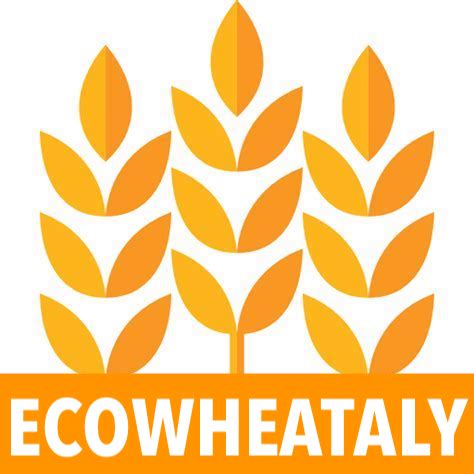From the field “by eye” to the “connected” field
For centuries, cereals — wheat, maize, barley — were cultivated thanks to farmers’ experience: watching the sky, reading the signs of the soil, adjusting water and fertilizer “by eye.” Today, however, fields have become connected and monitored places.
Precision agriculture is not science fiction: it means using sensors, satellites, drones, and algorithms to understand what is happening in every part of the field and intervene only where it is needed. Instead of giving water, fertilizer, or pesticides to the whole plot, the system identifies the areas that truly require them.
Why it matters in cereals
Wheat and other cereals cover more than half of the world’s cultivated land. Even small improvements in their management mean enormous impacts on a global scale. Precision agriculture promises to:
- Increase yields, avoiding waste and imbalances between fertile and marginal areas.
- Save water and fertilizers, which today are the main costs for farmers and the main sources of pollution.
- Reduce environmental impact, cutting greenhouse gas emissions and nutrient losses into rivers.
A study published in Nature Food estimated that widespread adoption of precision technologies could reduce the global use of nitrogen fertilizers by 10–20%, without penalizing yields.
How it really works
- Satellites and drones: capture multispectral images that show the “health status” of plants (NDVI index).
- Soil sensors: measure moisture, nutrients, and temperature.
- “Smart” tractors and machinery: distribute water, seeds, or fertilizers with variable-rate systems.
- Algorithms and predictive models: combine data to tell the farmer when to irrigate, sow, or intervene against diseases.
Thus, the farmer does not lose his role as a “field sentinel,” but becomes a pilot of data, able to read digital maps and make more informed decisions.
Real stories: from Kansas to the Po Valley
In Kansas, the heart of American wheat, some farmers adopted central pivot irrigation systems connected to soil sensors. The result? -25% water use in dry years, with stable yields.
In Italy, projects like AgroFidati and CREA platforms have shown how drones can detect zones of water stress or nutrient deficiency weeks before the human eye would notice. In some cases, nitrogen fertilizer use was reduced by 30%, with huge environmental benefits in lowering nitrate risks in groundwater.
Barriers to overcome
It is not all simple. Precision agriculture still faces obstacles:
- Initial costs: sensors and smart machines are not affordable for everyone, especially small farmers.
- Digital skills: reading maps of vegetative vigor is not straightforward for those without technical training.
- Internet connectivity: many farming areas lack sufficient coverage to transmit real-time data.
Scientific research and public policies are focusing on these issues: for example, the EU funds open-source platforms and pilot projects to bring technology also to smallholders.
Why it’s not just technology, but also philosophy
Rather than “digital agriculture,” we could call it attentive agriculture. It is not about replacing the farmer’s eye and hand, but about providing tools to use less, and use better.
In a world where wheat is under pressure from droughts, conflicts, and market volatility, this philosophy becomes crucial: every liter of water and every kilogram of fertilizer saved is not just an economic saving, but an act of global sustainability.
Precision agriculture in cereals is already a reality, though not yet for everyone. It is a bridge between tradition and innovation: the farmer who once watched the clouds now also observes satellite maps. But the goal remains the same: to grow good and abundant wheat while reducing waste and impacts.
It is not technology alone that will save the fields, but the ability to use it in a human, fair, and accessible way. And this, in the end, is the true challenge of the years to come.
Sources:
- Gebbers, R., & Adamchuk, V.I. (2010). Precision Agriculture and Food Security. Science, 327(5967), 828–831.
- Zhang, C., & Kovacs, J.M. (2012). The application of small unmanned aerial systems for precision agriculture: a review. Precision Agriculture, 13, 693–712.
- Nature Food (2021). Closing yield gaps through nutrient and water management in wheat systems. Nature Food, 2, 364–370.
- FAO (2022). Digital Agriculture: Cases from Europe and Central Asia.
- CREA (2023). Progetti di agricoltura di precisione in Italia.

